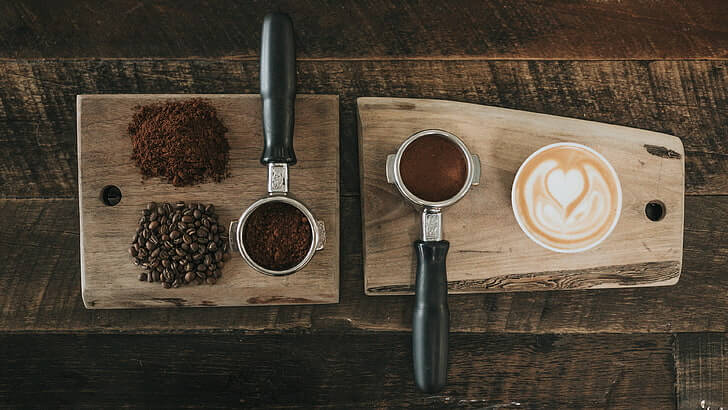The Science of Coffee tasting: Unraveling the Complex Flavors and Aromas
When you take a sip of your morning coffee, you may not realize that you are actually experiencing a complex and intricate array of flavors and aromas. Coffee tasting, much like wine tasting, involves a combination of sensory experiences that can be analyzed and appreciated more deeply through the lens of science. In this article, we will explore the science behind coffee tasting, including the key factors that influence the flavors and aromas of Coffee beans, and how to develop a refined palate for coffee.
The Influence of Coffee Bean Varieties
The flavors and aromas of coffee can be influenced by a variety of factors, including the type of coffee bean used. There are two main species of coffee beans: Arabica and Robusta. Arabica beans are known for their complex flavors and aromas, while Robusta beans are often more bitter and earthy. Within these species, there are countless varieties of coffee beans, each with its own unique characteristics. Factors such as altitude, soil composition, and climate can all affect the flavor profile of coffee beans. The science of coffee tasting involves understanding how these factors interact to create the distinct flavors and aromas of different coffee varieties.
The Roasting Process
Another crucial aspect of coffee tasting is the roasting process. The degree to which coffee beans are roasted can have a significant impact on their flavor and aroma. Lighter roasts tend to preserve the natural flavors and acidity of the coffee beans, while darker roasts typically produce stronger, more bitter flavors. The roasting process also causes chemical reactions within the coffee beans, leading to the formation of aromatic compounds that contribute to the overall sensory experience of coffee tasting. Understanding the science behind the roasting process can help coffee enthusiasts appreciate the nuances of different roast profiles and make more informed choices when selecting their coffee beans.
The Role of Brewing Methods
Once the coffee beans have been roasted, the brewing method used can further influence the flavors and aromas of the final cup of coffee. Factors such as water temperature, brewing time, and grind size can all impact the extraction of flavors from the coffee grounds. Different brewing methods, such as espresso, French press, or pour-over, can highlight different aspects of a coffee’s flavor profile. The science of coffee tasting involves understanding how these variables interact and how to manipulate them to achieve a desired flavor profile.
Developing a Refined Palate for Coffee
Appreciating the complex flavors and aromas of coffee requires a trained palate. Just as wine enthusiasts learn to discern the subtleties of different varietals, coffee aficionados can benefit from honing their sensory skills to better appreciate the nuances of coffee tasting. Developing a refined palate for coffee involves regular practice, mindfulness, and a willingness to explore different coffee varieties and brewing methods. By paying attention to the sensory qualities of coffee, such as its acidity, body, and aftertaste, individuals can begin to unravel the myriad flavors and aromas present in a cup of coffee. The science of sensory perception plays a crucial role in this process, as it helps us understand how our senses interact to create a holistic experience of flavor.
Frequently Asked Questions
Q: How can I improve my ability to taste and analyze coffee flavors?
A: Developing a refined palate for coffee involves regular practice and mindfulness. Try tasting different coffee varieties side by side to compare their flavor profiles, and pay attention to the specific qualities of each cup. Additionally, consider participating in coffee cupping events or workshops to learn from seasoned professionals and expand your sensory skills.
Q: What is the best way to brew coffee to highlight its flavors and aromas?
A: The best brewing method for highlighting the flavors and aromas of a particular coffee is subjective and can vary depending on personal preferences. Experiment with different brewing methods, such as pour-over, French press, or espresso, to determine which method best accentuates the qualities of a specific coffee bean.
Q: How does the origin of coffee beans influence their flavor?
A: The origin of coffee beans, including factors such as altitude, climate, and soil composition, can significantly influence their flavor profile. Coffees from different regions may exhibit distinct flavor characteristics, and understanding these regional differences can enhance your appreciation of coffee’s diversity.
Q: What role does sensory perception play in coffee tasting?
A: Sensory perception plays a crucial role in coffee tasting by allowing us to analyze and appreciate the flavors and aromas present in a cup of coffee. Our senses of taste and smell work together to create a multi-faceted experience of flavor, and honing our sensory skills can deepen our understanding and enjoyment of coffee.
“All images and products featured on this Blog.troca.cafe are the property of their respective owners. All rights to these materials are acknowledged and reserved.”
